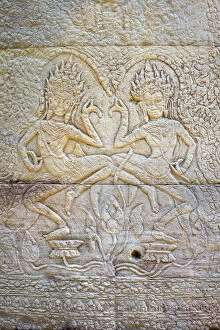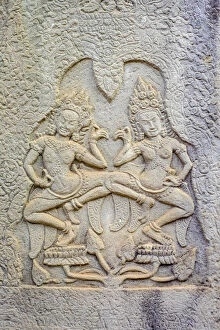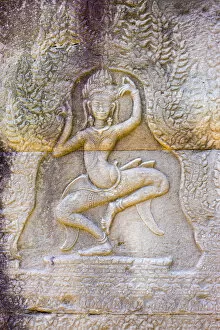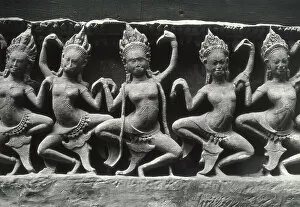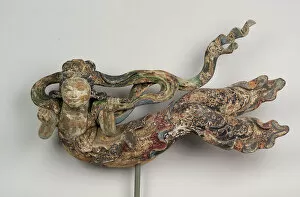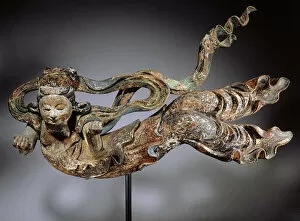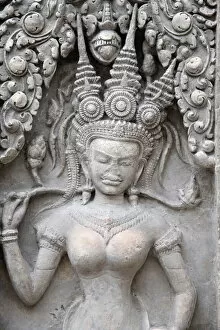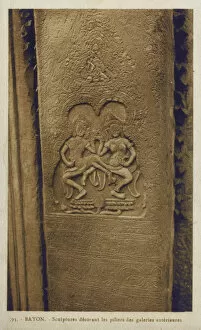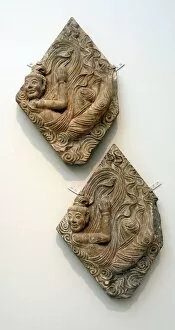Apsaras Collection
Apsaras, the celestial dancers of ancient Cambodia, continue to captivate us with their ethereal beauty and grace
For sale as Licensed Images
Choose your image, Select your licence and Download the media
Apsaras, the celestial dancers of ancient Cambodia, continue to captivate us with their ethereal beauty and grace. These enchanting beings are immortalized in stone carvings found at various temples within the Angkor Archaeological Park, a UNESCO World Heritage Site. One such temple is Banteay Kdei, where intricate stone carvings depict Apsara dancers in elaborate costumes and intricate poses. Their delicate movements seem frozen in time, preserving the elegance and allure of these celestial performers. Another temple that showcases the mesmerizing Apsaras is Prasat Bayon within Angkor Thom. The stone carvings here reveal an array of Apsara dancers adorned with ornate headdresses and flowing garments. Each carving tells a story through its meticulously crafted details, showcasing the artistic mastery of ancient Khmer artisans. Not limited to stone sculptures alone, they have also been depicted in other mediums throughout history. Polychrome wood statues from the 17th-18th century showcase their vibrant colors and lifelike expressions. These wooden masterpieces bring forth a sense of vibrancy and joy as they capture the essence of these heavenly beings. Even beyond Cambodia's borders, they have left their mark on art collections worldwide. Musee Guimet houses a cast of an apsara from Angkor Wat's western entrances central towers gate—a testament to their enduring global appeal. The influence extends beyond temples too; even wall reliefs at Wat Phnom in Phnom Penh feature these divine dancers gracefully adorning its surfaces. Their presence adds an air of mystique to every corner they inhabit. From ancient times to present-day fascination, Apsaras remain timeless symbols of beauty and spirituality. Whether captured in stone or portrayed through different art forms like woodcarving or relief work—each rendition celebrates their celestial allure.

